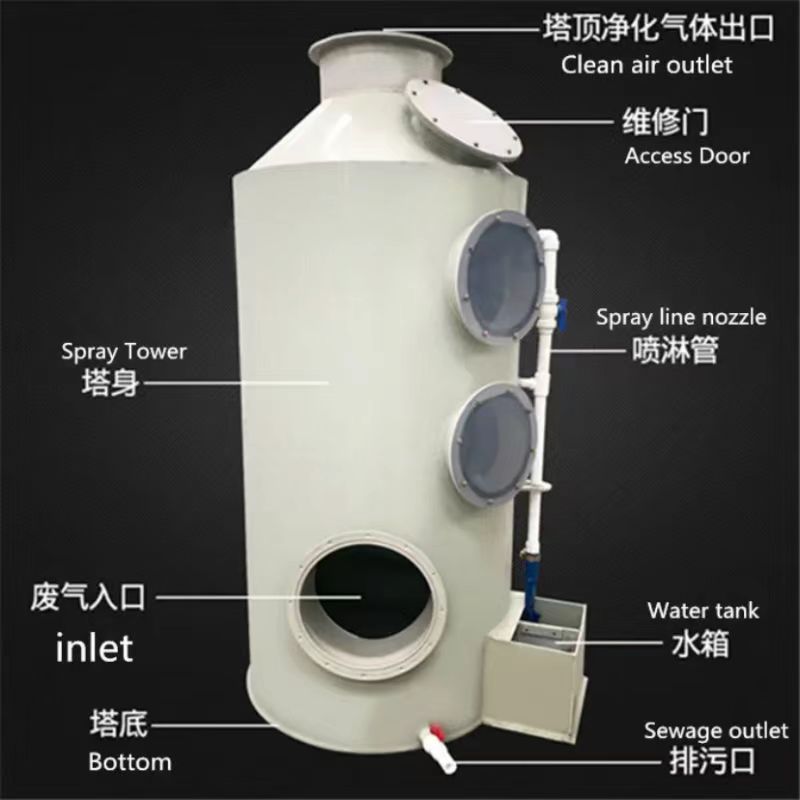 English
English 简体中文
简体中文  Esperanto
Esperanto  Afrikaans
Afrikaans  Català
Català  שפה עברית
שפה עברית  Cymraeg
Cymraeg  Galego
Galego  繁体中文
繁体中文  Latviešu
Latviešu  icelandic
icelandic  ייִדיש
ייִדיש  беларускі
беларускі  Hrvatski
Hrvatski  Kreyòl ayisyen
Kreyòl ayisyen  Shqiptar
Shqiptar  Malti
Malti  lugha ya Kiswahili
lugha ya Kiswahili  አማርኛ
አማርኛ  Bosanski
Bosanski  Frysk
Frysk  ភាសាខ្មែរ
ភាសាខ្មែរ  ქართული
ქართული  ગુજરાતી
ગુજરાતી  Hausa
Hausa  Кыргыз тили
Кыргыз тили  ಕನ್ನಡ
ಕನ್ನಡ  Corsa
Corsa  Kurdî
Kurdî  മലയാളം
മലയാളം  Maori
Maori  Монгол хэл
Монгол хэл  Hmong
Hmong  IsiXhosa
IsiXhosa  Zulu
Zulu  Punjabi
Punjabi  پښتو
پښتو  Chichewa
Chichewa  Samoa
Samoa  Sesotho
Sesotho  සිංහල
සිංහල  Gàidhlig
Gàidhlig  Cebuano
Cebuano  Somali
Somali  Тоҷикӣ
Тоҷикӣ  O'zbek
O'zbek  Hawaiian
Hawaiian  سنڌي
سنڌي  Shinra
Shinra  Հայերեն
Հայերեն  Igbo
Igbo  Sundanese
Sundanese  Lëtzebuergesch
Lëtzebuergesch  Malagasy
Malagasy  Yoruba
Yoruba  Español
Español  Português
Português  русский
русский  Français
Français  日本語
日本語  Deutsch
Deutsch  tiếng Việt
tiếng Việt  Italiano
Italiano  Nederlands
Nederlands  ภาษาไทย
ภาษาไทย  Polski
Polski  한국어
한국어  Svenska
Svenska  magyar
magyar  Malay
Malay  বাংলা ভাষার
বাংলা ভাষার  Dansk
Dansk  Suomi
Suomi  हिन्दी
हिन्दी  Pilipino
Pilipino  Türkçe
Türkçe  Gaeilge
Gaeilge  العربية
العربية  Indonesia
Indonesia  Norsk
Norsk  تمل
تمل  český
český  ελληνικά
ελληνικά  український
український  Javanese
Javanese  فارسی
فارسی  தமிழ்
தமிழ்  తెలుగు
తెలుగు  नेपाली
नेपाली  Burmese
Burmese  български
български  ລາວ
ລາວ  Latine
Latine  Қазақша
Қазақша  Euskal
Euskal  Azərbaycan
Azərbaycan  Slovenský jazyk
Slovenský jazyk  Македонски
Македонски  Lietuvos
Lietuvos  Eesti Keel
Eesti Keel  Română
Română  Slovenski
Slovenski  मराठी
मराठी  Srpski језик
Srpski језик
Dust collector includes which major categories?
2023-11-18
Dust collector includes which major categories
Industrial dust removal equipment The equipment that separates industrial dust from flue gas is also called industrial dust collector. The performance of the dust collector is expressed in terms of the amount of gas that can be processed, the resistance loss of gas passing through the dust collector and the dust removal efficiency. At the same time, the price of the dust collector, the cost of operation and maintenance, the length of service life and the difficulty of operation management are also important factors to consider its performance.
Dust collectors are essential for maintaining a clean and safe work environment, protecting workers from harmful airborne particles and preventing potential hazards such as explosions and fires caused by accumulated dust. There are many types of industrial dust collectors available on the market, each designed to handle specific types of dust and particulate matter.
Classification and characteristics of dust collector
1, wet dust collector : Spray tower scrubber

2::Filter dust collector: bag dust collector
A device for separating and trapping dust by a dusty air stream through a filter material.The air filter with filter paper or glass fiber filling layer as filter material can be mainly used for gas purification in ventilation and air conditioning.Using cheap sand, gravel, coke and other particles as filter material particle layer dust collector. It is a dust removal device that appeared in the 1970s, which is eye-catching in the field of high temperature flue gas dust removal.
Bag dust collector using fiber fabric as filter material. It is widely used in dust removal of industrial exhaust gas.

3: electric dust collector: dry dust collector, wet dust collector
Electrostatic precipitator is the process of ionizing dust-containing gas through high voltage electric field, so that dust particles are charged. And under the action of electric field force, the dust particles are deposited on the dust collecting pole, and the dust particles are separated from the dust containing gas.
The fundamental difference between the electric dust removal process and other dust removal processes is that the electrostatic force directly acts on the particles, rather than on the entire airflow, which determines that it has the characteristics of small energy consumption and small airflow resistance. Because the electrostatic force acting on the particle is relatively large. So even submicron particles can be effectively captured.




